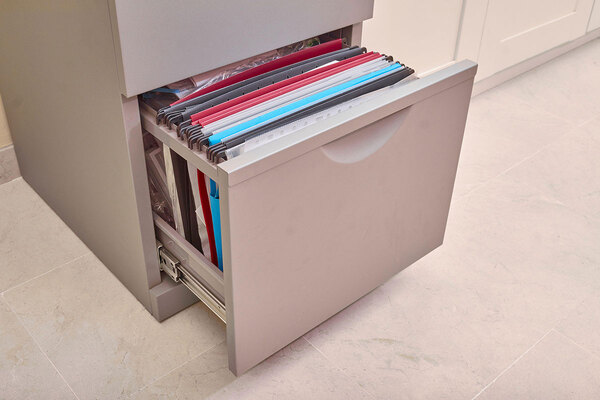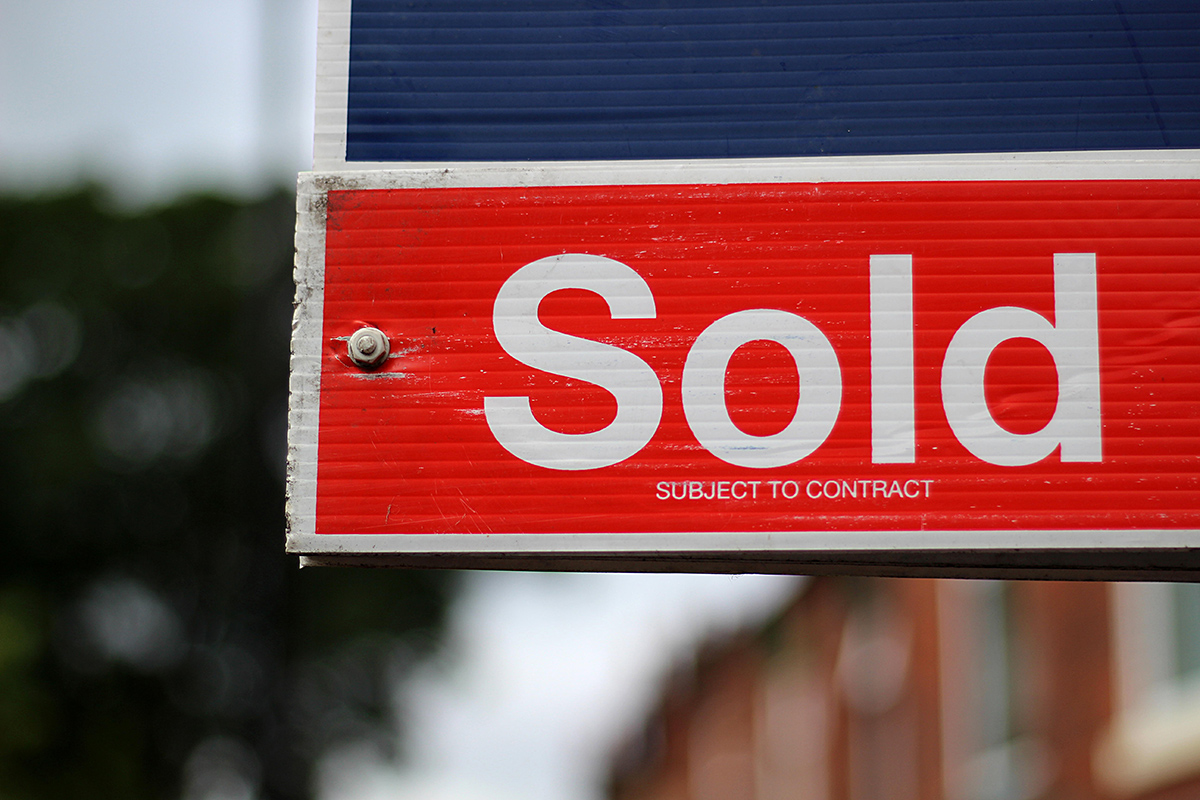You are viewing 1 of your 1 free articles
Awaab’s Law: how it could challenge and change the sector
The consultation is finally out for Awaab’s Law, setting time limits for English social landlords on responding to repairs that pose a hazard to tenants. But what exactly is in the proposals? What will be the impact on housing providers? And what are the potential problems and unintended consequences? Grainne Cuffe reports
Six months ago, the government enshrined in law the name of a little boy who died because a housing association ignored his family’s pleas for help about the condition of their home.
On 21 December 2020, two-year-old Awaab Ishak died from a respiratory condition caused by prolonged exposure to mould in a Rochdale Boroughwide Housing (RBH) flat. It emerged during the inquest into his death that his family had repeatedly asked for help from the Rochdale landlord, but were ignored or blamed for the disrepair. The coroner would later conclude that the conditions were caused by an inadequate ventilation system.
After the inquest, Manchester Evening News, which first brought the case to light, teamed up with Shelter to campaign for the government to introduce ‘Awaab’s Law’, which would place legal obligations on social landlords to respond to damp and mould.
The campaign proposed that landlords be required to investigate the causes of damp and mould within 14 days of complaints being made and provide tenants with a report on the findings. It also called for bids for new social housing properties to be treated as a high priority if a medical professional has recommended that a tenant moves home after identifying a risk to health at their existing property.
The campaign was successful. Last year, the Social Housing (Regulation) Act was amended to include Awaab’s Law.
We have now found out what that new law might look like, after the government launched a consultation on specific proposals that will apply to councils and housing associations.
But are the government’s proposals feasible? And will they be, as one commentator put it, “earth shattering” for social landlords?
The proposals
In England, social landlords are already legally obliged to respond to hazards and keep homes ‘fit for human habitation’ and to the Decent Homes Standard.
Under the Homes (Fitness for Human Habitation) Act 2018, if a landlord is made aware of a hazard that makes a home not fit to live in, they have to rectify the problems within a “reasonable” amount of time. If the case goes to court, a judge will decide what is reasonable, taking into account the individual circumstances of the case.
However, there is currently no specific legislation that sets out how long a social landlord has to make repairs. That is what Awaab’s Law aims to change. The consultation document, which provides further details on the those time periods, proposes:
- 14 days to start an investigation after receiving a report of a hazard
- Seven days to take action to fix a hazard
- 24 hours to fix an emergency hazard
If the home cannot be made safe within the prescribed timescales, landlords must move the tenant to suitable alternative accommodation until it is safe to return.
The government is proposing to use all 29 Housing Health and Safety Rating System (HHSRS) hazards, as used in the homes act. Hazards, which all have potential health impacts, include damp and mould, excess cold, asbestos, carbon monoxide, lead, radiation and overcrowding.
Emergency hazards are defined in the consultation document as “those that pose a significant risk to the health or safety of the actual resident of the dwelling”, and include gas leaks, broken boilers and electrical hazards such as exposed wires.
As it stands, an HHSRS assessment labels hazards as posing different levels of risk: Category 1 hazards pose a serious and immediate risk to health, and Category 2 hazards are less serious. However, the assessment is based on the risk to a particular age group over another. For example, a baby would be more at risk than an adult.
Awaab’s Law would mean social landlords must also take into account the individual tenant’s health. For example, a certain level of damp and mould may not warrant an emergency repair for someone without any serious health conditions, but it may for someone who has asthma or cystic fibrosis.
If a landlord receives evidence from third parties – such as healthcare providers, social workers or schools – they should also factor this into their assessment of the category of the hazard.
After the initial inspection, the landlord will have two days to produce a written report and give it to the tenant. It must include comprehensive details of the investigation, the hazard and any risk it poses to the tenant, how the hazard will be fixed and an estimated completion time.
The rules around emergency repairs are straightforward. However, the seven-day timescale for starting to repair lesser hazards is less so.
The government says in the consultation document that there are “risks [of] residents being left for long periods of time with outstanding repair works in their home” because the limits only apply to starting repairs and not completing them.
“It’s extremely likely that there will be a lot of works that get started and stopped,” says Giles Peaker, a partner at law firm Anthony Gold Solicitors who represents tenants.
On the other hand, the government says in the consultation that it recognises some hazards will be more complex than others to repair.
“If we set fixed time limits for completing repairs, registered providers faced with more complex issues may be forced to find ‘quick’ fixes that may not fully address the issue at hand, creating further problems for residents,” it says.
“There is also a risk that any time limits for completion could incentivise registered providers to take longer than they need to for quicker and smaller repairs.”
On the surface, the proposals have broadly been welcomed by the sector.

Inside Housing asked a small group of councils and housing associations how they feel about the plans. Six landlords responded – three councils and three housing associations.
These landlords generally agreed with the timescales in Awaab’s Law. One council even says it would alleviate pressure as its timescales are currently shorter than the proposals (it inspects all hazards within five days rather than 14 in the consultation).
Another says that 14 days “should be the target to investigate and get the repair completed” depending on the level, scope and quantity of work required. But social landlords say there could be challenges. One housing association fears that in the colder and wetter months, it “could struggle to attend within the timescale if we are inundated with reports of damp and mould”.
Lack of resource was also raised by a council – it says “resource capacity to provide the initial response and additional investigation” was a potential obstacle, but it has reviewed its processes to “pre-empt the demand”.
Access issues
Sian Evans, partner and sector lead for housing at law firm Weightmans, tells Inside Housing that while the drive to see repairs completed quickly is “both understandable and necessary”, the new regulatory changes “may prove difficult for social housing providers to comply with” given resource and supply chain issues.
One of the main obstacles landlords raise is access – being unable to get into properties to carry out the repair work. This is addressed in the consultation document: landlords must make at least three attempts to contact the resident and arrange a suitable time to access the property, work with them to arrange a suitable time to visit the property, and take into account their needs when offering slots.
If the landlord cannot access the property within the agreed slot, they should leave a note and provide contact details. They will not be expected to make three more attempts, but will be expected to keep evidence that they have made “best efforts to work with the resident to identify a timeslot and the resident has either not responded or has refused access within that slot”.
What happens if social landlords do not comply with the new regulations? Like disrepair claims, tenants have the option to take legal action in county court. However, tenants are concerned about this, particularly around how legal representatives will be paid for. A spokesperson for the Social Housing Action Campaign tells Inside Housing: “People are being advised to sue their landlord for breaching a duty to make repairs, and to seek professional legal advice in order to do so.
“Yet getting legal advice and support necessitates shelling out considerable sums of money on solicitors – money our members don’t have,” they say.
This could leave tenants representing themselves in court, “which puts them at a huge disadvantage against the other side”, or trying to find a lawyer who will work for free, “which is almost impossible”, the spokesperson says. The Conservative government slashed legal aid in 2013, effectively scrapping it for disrepair cases.
“Even if tenants and residents somehow break through this barrier, taking a case to court takes months, or sometimes years,” they say.
Will claims farmers take on these cases? Mr Peaker from Anthony Gold thinks this is unlikely. “You probably won’t see many done on a conditional fee agreement because unless it’s part of a bigger claim, the damages will be minimal,” he says.
In general, Mr Peaker says the proposals are an “excellent idea”, but foresees some potential problems.
“Leaving it to the landlord to decide whether something is an emergency and leaving it to the landlord to decide whether something is a relevant defect” is one such problem, he says.
The overcrowding HHSRS hazard is another “problematic one”, Mr Peaker says. Labelled ‘crowding and space’, the hazard is defined as “lack of space for living, sleeping and normal household or family life”. Health effects include “psychological distress and mental disorders, increased risk of hygiene issues, accidents, and personal space and privacy compromised”.
Last year, research by the National Housing Federation found that more than 310,000 children in England are forced to share a bed with parents or siblings due to severe overcrowding.
Mr Peaker says: “What do you do? It’s not one that involves works to the building, or not necessarily. It’s just one that doesn’t practically work within the scheme.”
One thing is for sure, to comply with the regulations as they are proposed, social landlords will need excellent communication and record-keeping.
What does this all add up to for Awaab’s Law?
Mr Peaker says: “If it goes through in the same terms, then it’s going to be earth-shattering for them.”
But what do the campaigners who spurred the creation of this law think? Awaab’s father, Faisal Abdullah, said the family supports the proposals and hopes the law “will stop any other family going through the pain that we went through”.
Manchester Evening News described the consultation as a “major step”. Shelter said it “brings us a step closer to enacting Awaab’s Law”. But Polly Neate, its chief executive, added that stronger regulation alone “cannot fix this country’s serious housing problems”.
Recent longform articles by Grainne Cuffe
The first year of tenant satisfaction measures: the results
Government overhauled consumer regulation following Grenfell. Now, an Inside Housing survey of more than 200 councils and housing associations reveals the first results from the new TSMs regime. Grainne Cuffe investigates
Awaab’s Law: how it could challenge and change the sector
The consultation is out for Awaab’s Law, setting time limits for English social landlords on responding to repairs that pose a hazard to tenants. But what exactly is in the proposals? Grainne Cuffe reports
Homeless and on hold: the battle to get support from councils
Being threatened with homelessness is stressful enough. But, in some council areas, the process of getting support from the council is making things harder. Grainne Cuffe reports
Housing officers under pressure
Grainne Cuffe talks to housing officers about the stress of their jobs, as Inside Housing reveals that turnover in some frontline roles has risen dramatically
Sign up for our asset management newsletter
Already have an account? Click here to manage your newsletters












